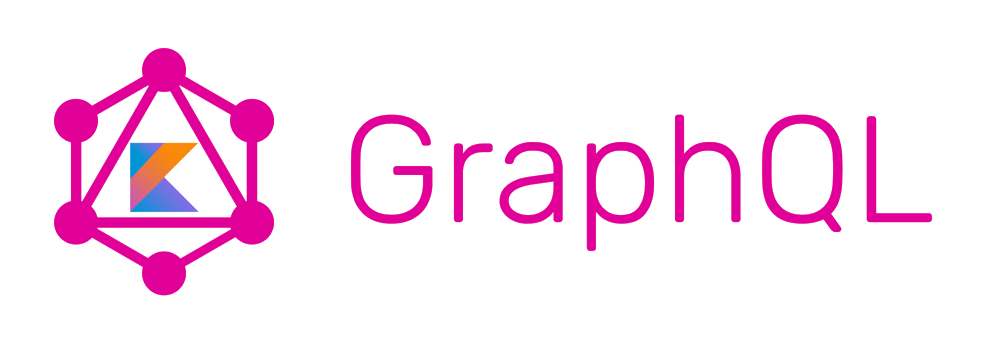I’ve recently spent some time testing a GraphQL endpoint against a few queries. At the moment I’m keeping my queries as multi-line strings but I was wondering:
How hard would it be to build a GraphQL query DSL in Kotlin?
I thought this could be a good opportunity to become more familiar with Kotlin DSL capabilities.
Here’s what I’ve got so far.
query("theQuery") {
"allUsers"("type" to "users", "limit" to 10) {
select("name")
select("address") {
select("city")
select("street"("postCode" to true))
}
}
}
The above snippet produces the following result:
query theQuery {
allUsers(type: "users", limit: 10) {
name
address {
city
street(postCode: true)
}
}
}
The main challenges I have faced up to this point have been around supporting:
- any string to be used as the root field of the query (e.g.
"allUsers") - nested selection of fields
- a map-like syntax for field arguments (I’ve settled for the
tomethod for now)
Any String is a Field
As you can see from the above example, it is possible to start the root field declaration using a string, followed by the fields selection:
"allUsers" {
select("name")
select("title")
}
I’ve achieved that thanks to the Invoke operator overloading support. Read on to find out how I have implemented it.
String.invoke to the rescue
The incredibly powerful extensions support helps me define my own implementation of invoke on a String.
operator fun String.invoke(block: Field.Builder.() -> Unit) =
Field.Builder().apply {
this@apply.block()
}.withName(this)
This way, any String instance can be turned into a Field.Builder by passing a block to the invoke operator (). Additionally, Kotlin’s compact syntax, saves us from having to explicitly use the open and close parenthesis, making the result a little more readable.
Select-ing sub-fields
"allUsers" {
select("name")
select("title")
}
Inside the declared root field, a sequence of select instructions informs the current field builder about which sub-fields we are interested in. The way this is achieved is by letting the compiler know that we are in the context of a Field.Builder and that any method specified in the block has to be resolved against it. This is possible thanks to function literals with receiver.
Function literals with receiver
This is probably the most useful feature Kotlin has to offer when it comes to building DSLs.
operator fun String.invoke(block: Field.Builder.() -> Unit)
The block argument has been declared as Field.Builder.() -> Unit.
As we can see from the docs:
[…] Kotlin provides the ability to call an instance of a function type with receiver providing the receiver object.
Function literals with receiver – Kotlin reference
What this means is that I can invoke the block having the current Field.Builder instance as receiver resulting in the select invocations to be being resolved against it.
Field arguments
When it comes to specifying field arguments, I’ve had to settle for that not-so-pretty to syntax.
"type" to "users", "limit" to 10
I still think it’s a good compromise considering that Kotlin doesn’t offer much more when it comes to map-building syntax.
"allUsers"("type" to "users", "limit" to 10) {
select("name")
select("address") {
select("city")
select("street"("postCode" to true))
}
}
The to method that allows for that comes from the standard library.
public infix fun <A, B> A.to(that: B): Pair<A, B> = Pair(this, that)
Note that the infix keyword is what allows for the simplified notation receiver method argument.
Finally, a slightly more complicated definition of String.invoke accepts instances of Pair<String, T> allowing for the to syntax to be used when specifying field arguments. The explicit String type as the left type helps keeping it all a little more robust.
operator fun <T> String.invoke(vararg args: Pair<String, T>, block: (Field.Builder.() -> Unit)? = null): Field.Builder
Wrapping up
As you can see, I’m not a DSL expert (at all!) but this is a fun experiment to play with. You can follow my work at the graphql-forger repo. Please, feel free to contribute by opening issues or pull requests.
I hope you have enjoyed the post and learnt something new about Kotlin.

Leave a Reply